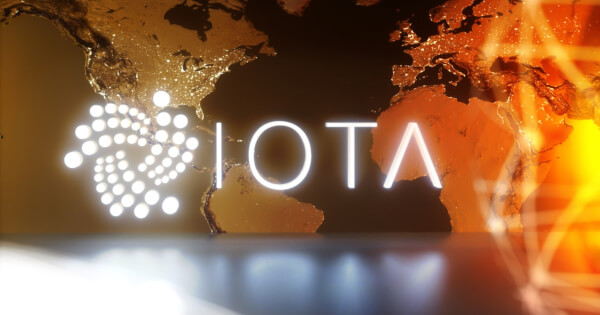Terrill Dicki
Nov 18, 2024 15:48
IOTA Foundation proposes a transformative shift in its technology with the IOTA Rebased initiative, aiming to enhance decentralization and programmability through a governance vote.
The IOTA Foundation has unveiled a significant proposal to rebase its technology, potentially altering the trajectory of its decentralized ledger technology (DLT) framework. The proposal, named IOTA Rebased, is set to be voted on through a governance process and aims to fast-track Layer 1 (L1) smart contracts and decentralization, marking a pivotal step for IOTA to become a fully-fledged DLT, according to the IOTA Foundation Blog.
Transformative Technological Shift
The IOTA Rebased initiative represents a significant departure from the existing plans for IOTA 2.0. It seeks to adopt a more established DLT technology by integrating the Move Virtual Machine (MoveVM) into its architecture. This transition from the Unspent Transaction Output (UTXO) model to an object-based ledger model promises to enhance the network’s flexibility and programmability, facilitating the development of complex applications via smart contracts.
The MoveVM implementation introduces several key features, including resource-oriented programming, strong data abstraction, static verification, and support for formal verification. These capabilities are expected to bolster the security and functionality of digital asset management on the IOTA network.
New Tokenomics Model
The proposal also outlines a new tokenomics model designed to incentivize network participation and ensure long-term sustainability. This model includes staking rewards for validators and their delegators, small transaction fees that contribute to a deflationary supply pressure, and a decentralized Delegated Proof-of-Stake system.
Under this model, validators would receive newly minted tokens as compensation, with 767,000 new IOTAs minted per epoch. The transaction fees, initially set at 0.005 IOTAs per average-sized transaction, would be burned to exert deflationary pressure on the supply. The proposal also introduces sponsored transactions, allowing developers to cover transaction fees for users, enhancing accessibility.
Enhancements and Future Prospects
IOTA Rebased is built on a protocol inspired by Sui, incorporating adjustments to the tokenomics model. The IOTA Foundation plans to introduce further enhancements, including a resilient consensus mechanism, fairer gas pricing, dynamic committee selection, and the potential integration of multiple virtual machines (VMs) to expand the network’s capabilities.
The IOTA Foundation has already launched a public testnet to evaluate the proposed changes and gather community feedback. Comprehensive documentation and support channels are available to assist participants in navigating the new features.
Looking Ahead
The IOTA Foundation is committed to ensuring the highest standards of quality and security throughout the development process, with a potential mainnet launch target in early 2025. The proposal is seen as a major step forward for IOTA, promising to enhance its ecosystem’s robustness, flexibility, and user accessibility.
As the community awaits the governance vote, the IOTA Foundation invites stakeholders to participate actively in testing and providing feedback, shaping the future of IOTA’s technological landscape.
Image source: Shutterstock













